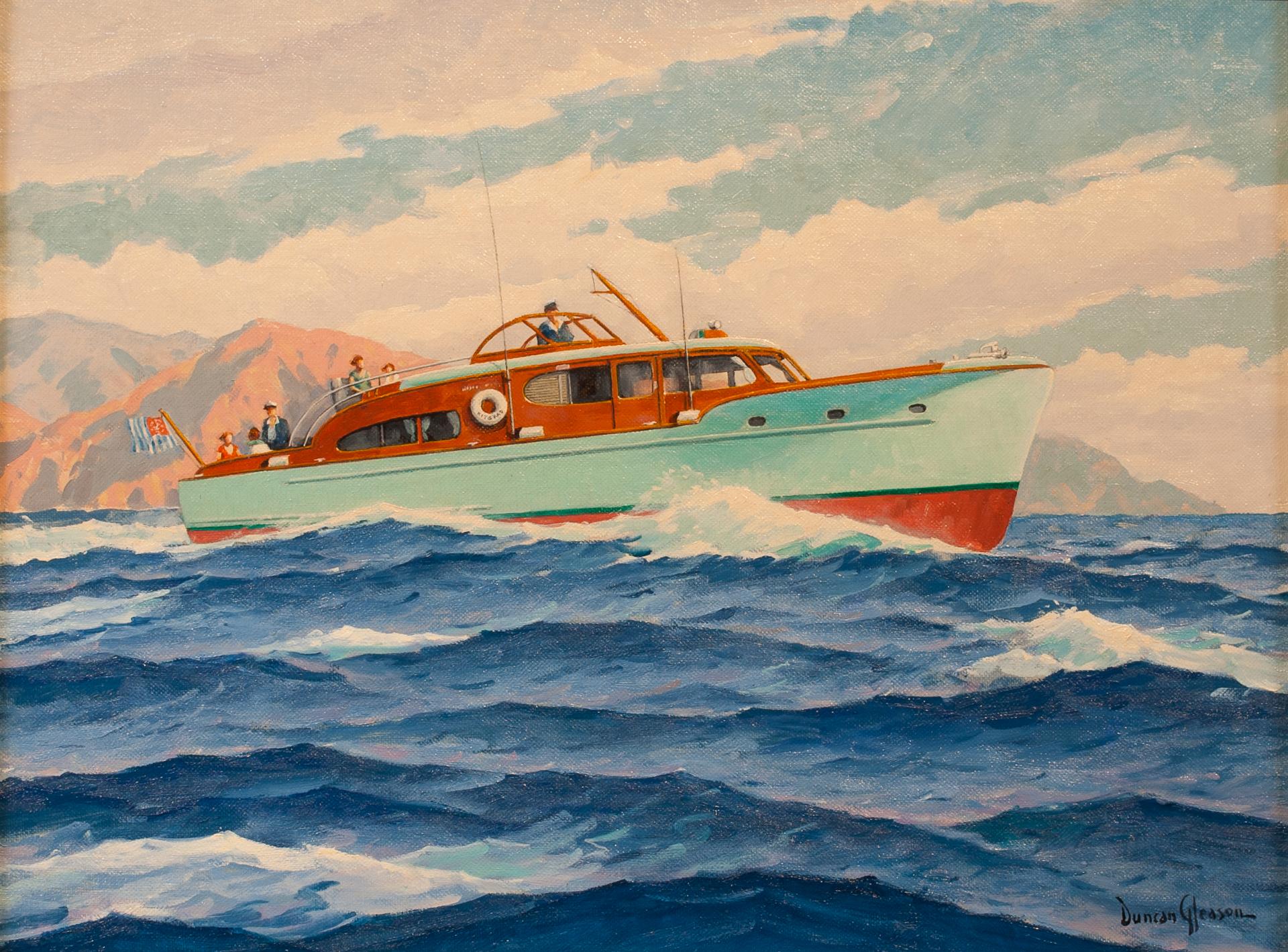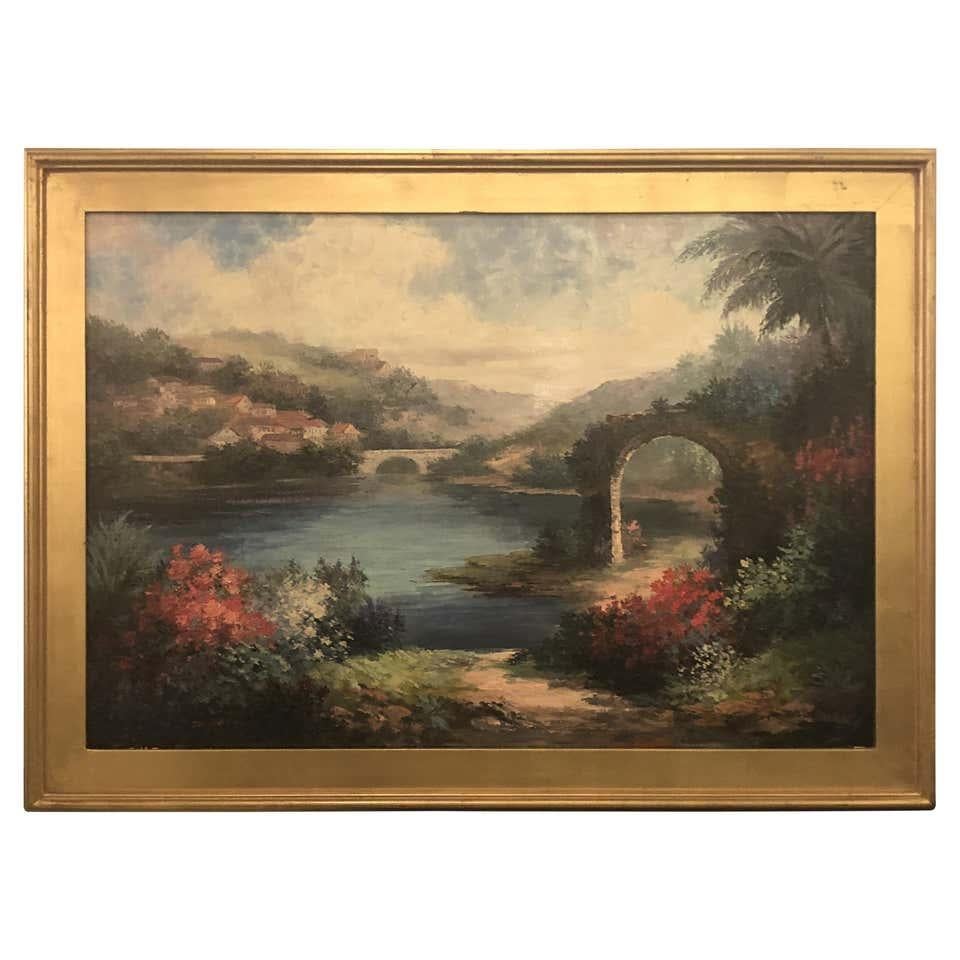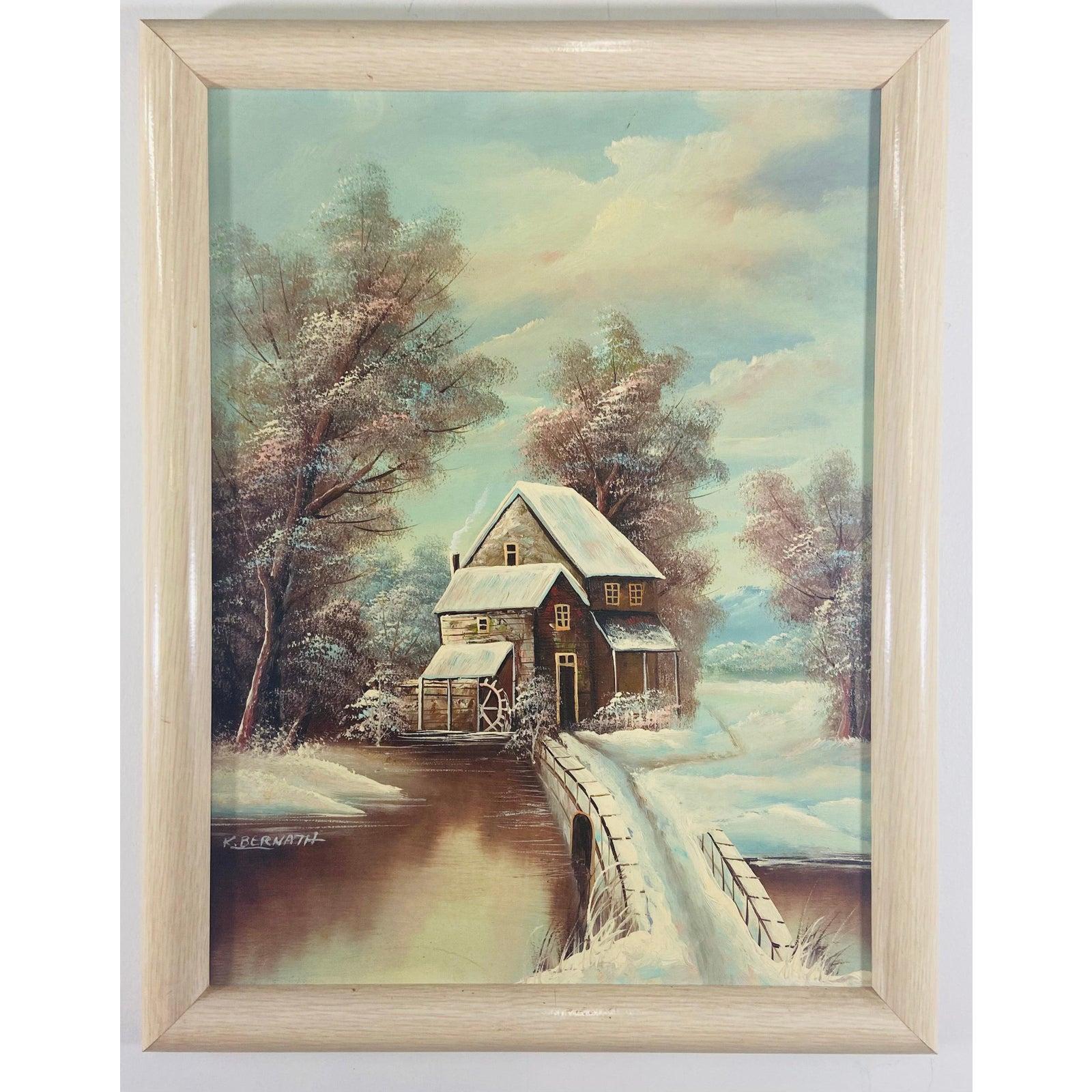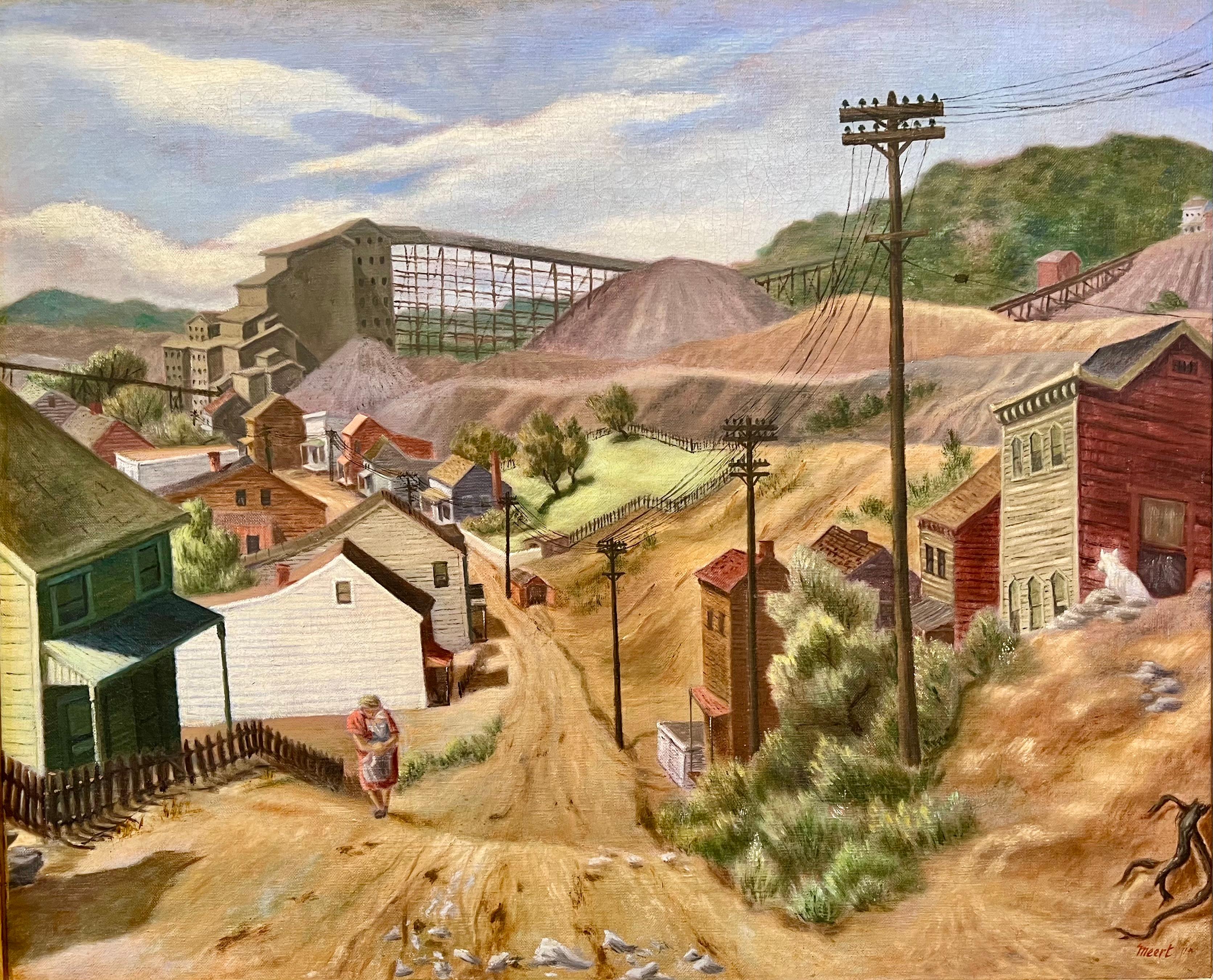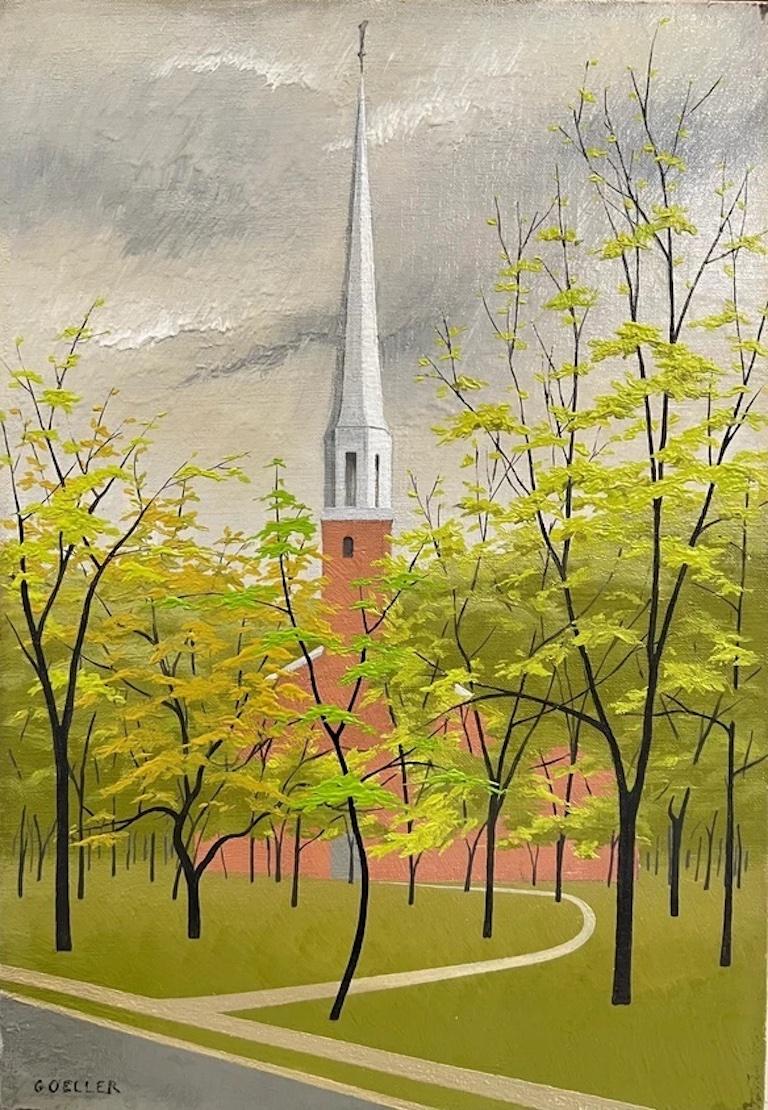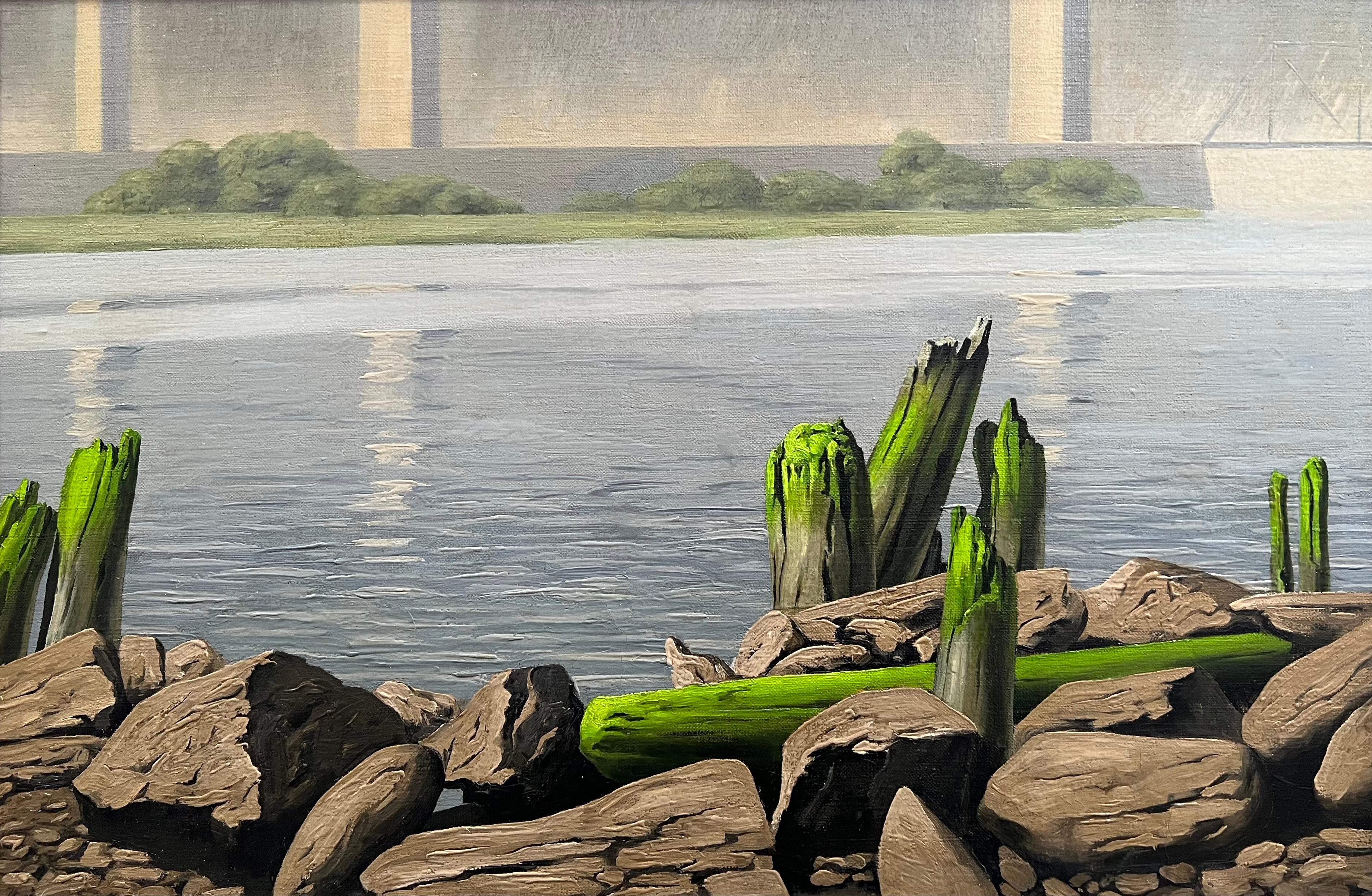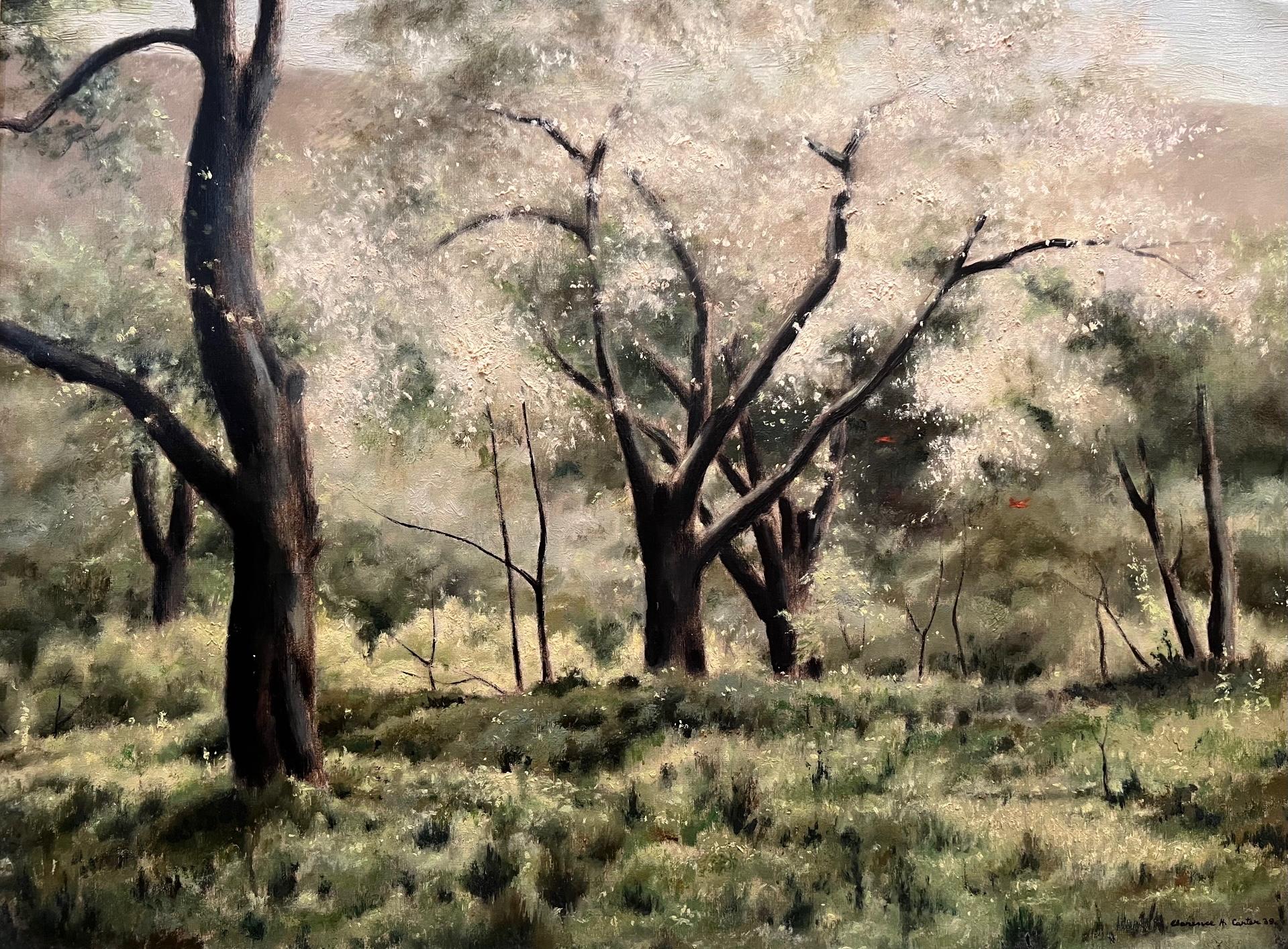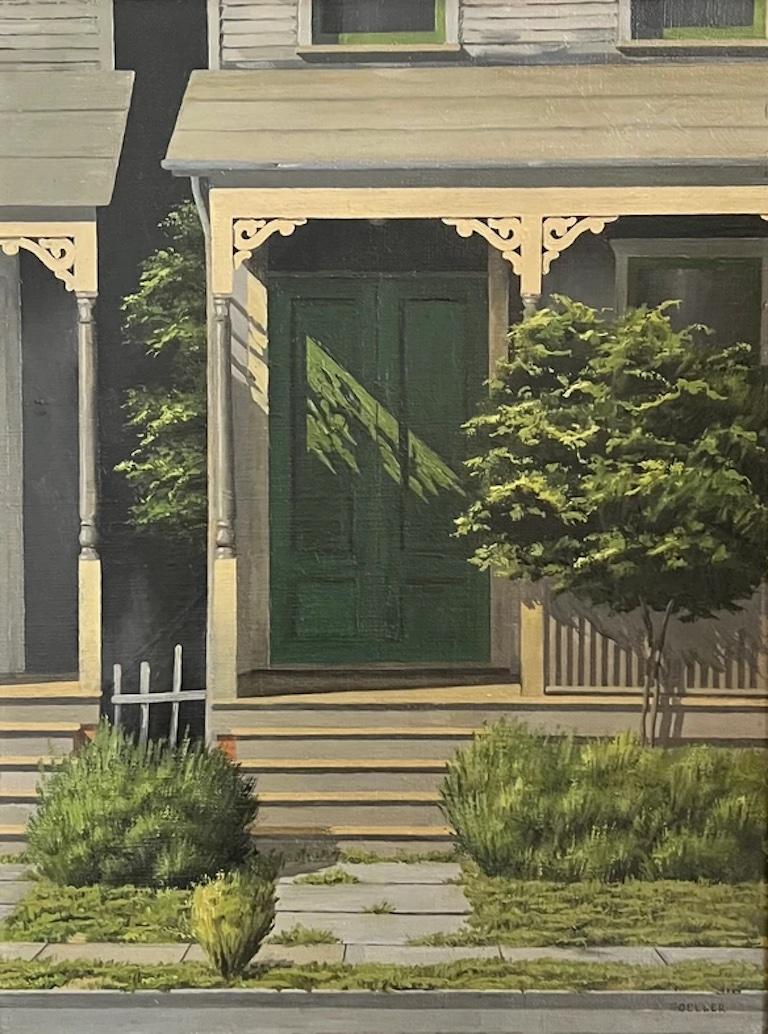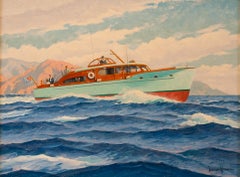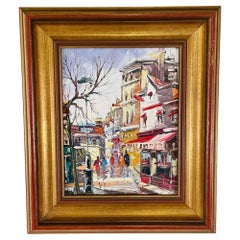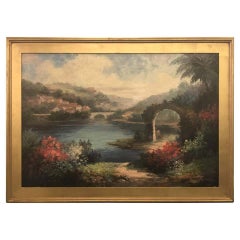
Villa on the Coast, Oil on Canvas Landscape Painting, 20th Century
View Similar Items
1 of 6
Gerald WassermanVilla on the Coast, Oil on Canvas Landscape Painting, 20th Century
About the Item
- Creator:Gerald Wasserman (1920 - 2011)
- Dimensions:Height: 26.75 in (67.95 cm)Width: 22.25 in (56.52 cm)Depth: 1 in (2.54 cm)
- Medium:
- Movement & Style:
- Period:
- Condition:Minor wear.
- Gallery Location:San Francisco, CA
- Reference Number:Seller: 924841stDibs: LU29821814843
You May Also Like
- The Yacht KITSKAD Off Catalina IslandBy J. Duncan GleasonLocated in Costa Mesa, CADuncan Gleason lived in New York and other places for work or studies but it was really Southern California where he felt most at home, and looking at his body of work, that love of ...Category
1950s Modern Paintings
MaterialsCanvas, Oil, Board
- Vintage Impressionist Oil on Canvas Painting, SignedLocated in Plainview, NYAn elegant vintage impressionist oil on canvas painting signed by artist Tasica -1977. The painting features a street scene in the...Category
Late 20th Century Modern Landscape Paintings
MaterialsCanvas, Oil
- Americana Landscape Oil on Canvas Painting Signed P. Paul, FramedLocated in Plainview, NYAn elegant oil on canvas landscape painting featuring a lake view in a paradisiac environment. The painting is finely framed in custom giltwood frame. A wonderful addition to any liv...Category
1980s American Modern Landscape Paintings
MaterialsOil, Canvas
- K. Bernath Outdoor Snow Scene Oil on Canvas PaintingLocated in Plainview, NYA landscape snowy scene by K.Bernath. The day snowy scene depicts a house / cabin in the middle of the snowy woods with a blue sky. The painting is framed. Dimensions Framed: 17.75...Category
1970s Modern Landscape Paintings
MaterialsCanvas, Oil
- 1980's Oil on Canvas Impressionistic Beach Scene Painting, Framed & SignedLocated in Plainview, NYThis is an oil on canvas painting depicting a group of people, seaside. The gilt frame is finely hand carved. The piece is from the 1980s and is signed Dimensions: Framed 18" H, ...Category
1980s Modern Landscape Paintings
MaterialsCanvas, Oil
- Six O'ClockLocated in Los Angeles, CASix O-Clock, c. 1942, oil on canvas, 30 x 20 inches, signed and titled several times verso of frame and stretcher (perhaps by another hand), marked “Rehn” several times on frame (for the Frank K. M. Rehn Galleries in New York City, who represented Craig at the time); Exhibited: 1) 18th Biennial Exhibition of Contemporary American Oil Paintings from March 21 to May 2, 1943 at The Corcoran Gallery of Art in Washington, D.C. #87, original price $450 (per catalog) (exhibition label verso), 2) Craig’s one-man show at the Frank K. M. Rehn Galleries, New York City, from October 26 to November 14, 1942, #10 (original price listed as $350); and 3) Exhibition of thirty paintings sponsored by the Harrisburg Art Association at the State Museum of Pennsylvania in Harrisburg in March, 1944 (concerning this exhibit, Penelope Redd of The Evening News (Harrisburg, Pennsylvania) wrote: “Other paintings that have overtones of superrealism inherent in the subjects include Tom Craig’s California nocturne, ‘Six O’Clock,’ two figures moving through the twilight . . . .” March 6, 1944, p. 13); another label verso from The Museum of Art of Toledo (Ohio): original frame: Provenance includes George Stern Gallery, Los Angeles, CA About the Painting Long before Chris Burden’s iconic installation outside of the Los Angeles County Museum of Art, Urban Light, another artist, Tom Craig, made Southern California streetlights the subject of one of his early 1940s paintings. Consisting of dozens of recycled streetlights from the 1920s and 1930s forming a classical colonnade at the museum’s entrance, Burden’s Urban Light has become a symbol of Los Angeles. For Burden, the streetlights represent what constitutes an advanced society, something “safe after dark and beautiful to behold.” It seems that Craig is playing on the same theme in Six O-Clock. Although we see two hunched figures trudging along the sidewalk at the end of a long day, the real stars of this painting are the streetlights which brighten the twilight and silhouette another iconic symbol of Los Angeles, the palm trees in the distance. Mountains in the background and the distant view of a suburban neighborhood join the streetlights and palm trees as classic subject matter for a California Scene painting, but Craig gives us a twist by depicting the scene not as a sun-drenched natural expanse. Rather, Craig uses thin layers of oil paint, mimicking the watercolor technique for which he is most famous, to show us the twinkling beauty of manmade light and the safety it affords. Although Southern California is a land of natural wonders, the interventions of humanity are already everywhere in Los Angeles and as one critic noted, the resulting painting has an air of “superrealism.” About the Artist Thomas Theodore Craig was a well-known fixture in the Southern California art scene. He was born in Upland California. Craig graduated with a degree in botany from Pomona College and studied painting at Pamona and the Chouinard Art School with Stanton MacDonald-Wright and Barse Miller among others. He became close friends with fellow artist Milford Zornes...Category
1940s American Modern Landscape Paintings
MaterialsCanvas, Oil
$12,500
